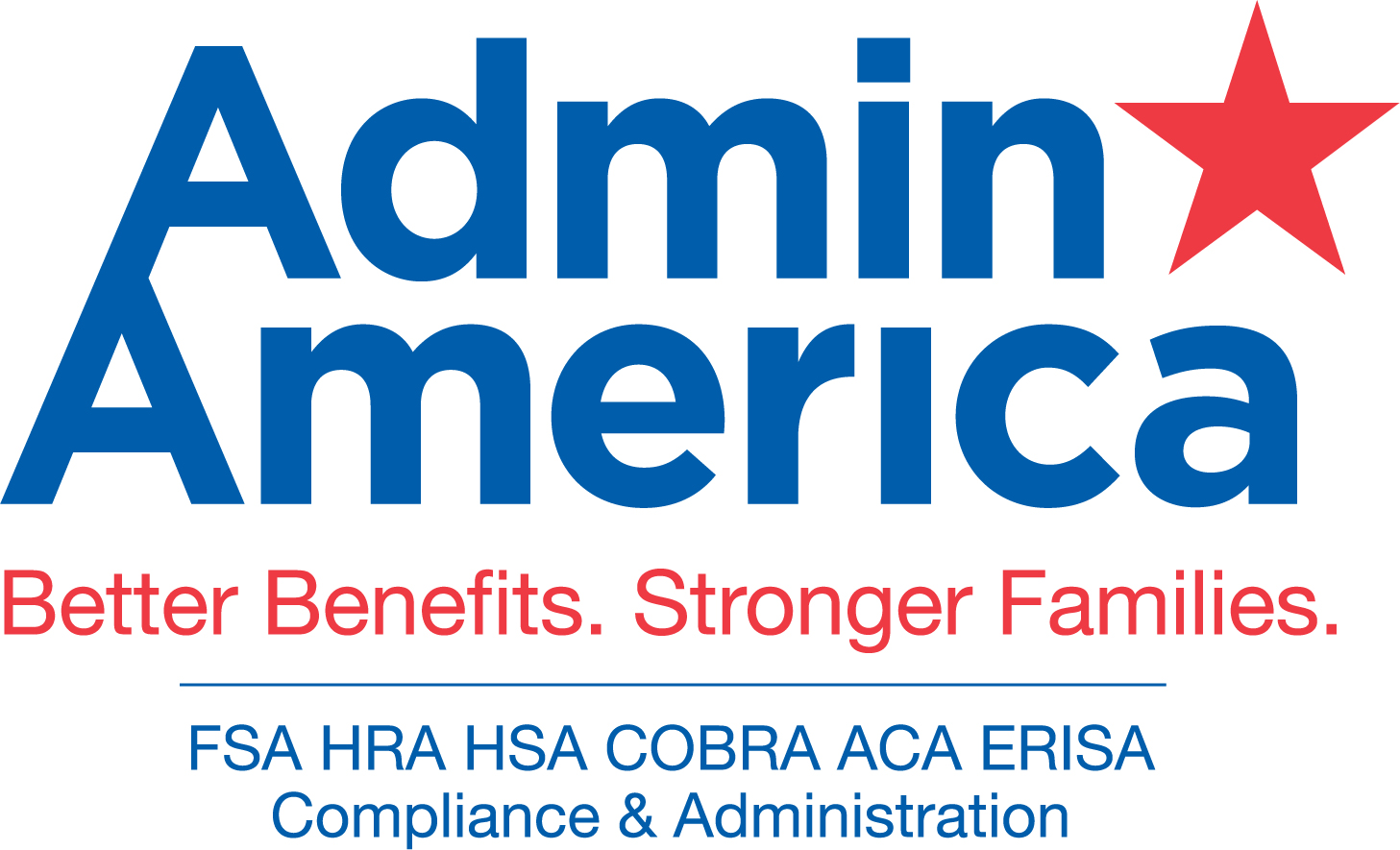Before this year, small employers could file their ACA Employer Reporting forms with the IRS on paper in the mail. Filing via U.S. mail was available so long as the employer was filing fewer than 250 returns.
Electronic Filing Now Required for Almost All Employers
Beginning with filings for 2023 (filed in 2024), the IRS has virtually eliminated that option. Federal Regulations now require employers filing 10 or more returns in aggregate to file their Forms 1094-C and 1095-C electronically. For the purposes of this new rule, “in aggregate” refers to the ACA related forms and Forms W-2 and 1099. This aggregation will effectively limit future by-mail filings to employers with 1-5 employees, at most.
This change applies to both the C-Forms filed by Applicable Large Employers (ALEs) and the B-Forms filed by non-ALEs sponsoring a self-insured plan. Because of this change, employers that previously filed 1094 and 1095 Forms via the mail will need to make arrangements to file electronically through the IRS’s Affordable Care Act Information Returns (AIR) system or work with an ACA reporting vendor with access to that system.
Waivers For Financial Hardship
The IRS can issue waivers for the electronic filing requirement for financial hardship. However, there are important steps employers must take before the 1094 and 1095 Form filing deadlines in order to apply. Employers seeking a waiver must submit IRS Form 8508 at least 45 days before the April 1, 2024 due date of 2023 ACA filings. That deadline would be February 14, 2024. Waiver applications based on financial hardship must be supported by two documented cost estimates from third party providers. The IRS will reject waiver requests without the required third party estimates.
Penalties For Failure To Electronically File
Employers that fail to timely electronically file their 1094 and 1095 Forms (or receive a waiver) are subject to penalties for incorrect reporting. For 2024, the failure to correctly file penalty is $310 per form.
Admin America Can Help!
Admin America is available to assist employers with electronic filing of their 2023 (and prior year) 1094 and 1095 Forms. If appropriate, Admin America can also assist with extensions of time to file to extend the April 1 deadline for an additional 30 days. Interested employers can obtain more information about Admin America’s ACA filing services online or by contacting us at mailto:aca@adminamerica.com.


